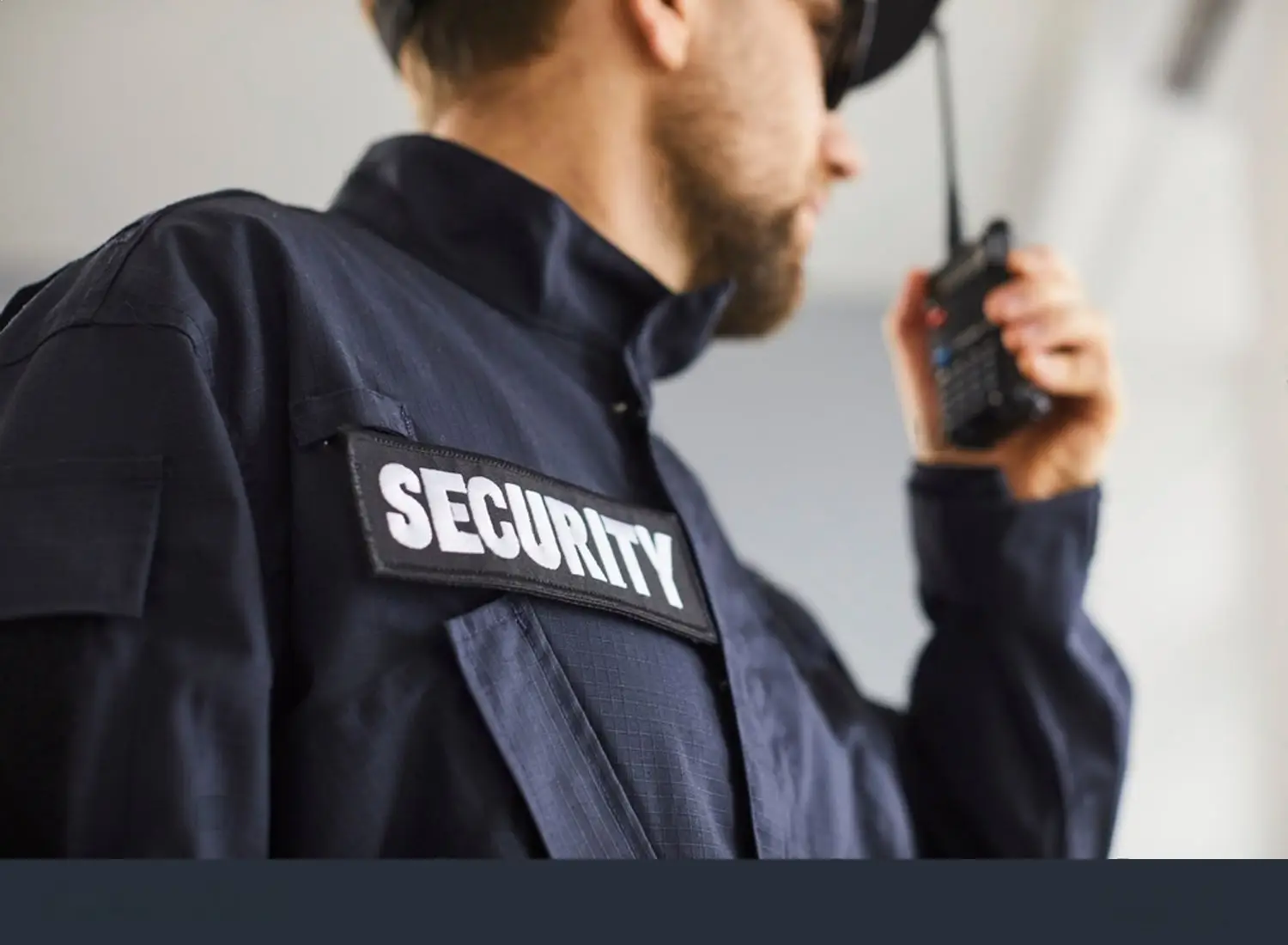
SIA Refresher Course in 2025
By London Security College Is Your Licence Near to Expire? SIA Refresher Training + First
Home » Physical Intervention and Positional Asphyxia Prevention Checklist
SIA Refresher Training + First Aid– Keep Your Licence Active! Only £199
BEFORE PHYSICAL INTERVENTION (Pre-Restraint Assessment)
🔲 Use verbal de-escalation first – Physical force should always be the last resort. Try calm communication, active listening, and negotiation.
🔲 Assess the risk level – Is the person violent, intoxicated, distressed, mentally unwell, or carrying a weapon? Risk level determines response.
🔲 Consider alternative solutions – Can verbal commands, team presence, or a change of environment de-escalate the situation? Redirecting attention or creating space may help.
🔲 Check for confined spaces – Avoid restraining someone in tight areas with restricted airflow. Make sure there’s room to move safely.
🔲 Use the least amount of force necessary – Only apply force that is proportionate to the threat.
🔲 Avoid prone restraint (face-down positions) – This is the most dangerous.
🔲 Do not apply pressure to the neck, chest, or back – This can cause positional asphyxia.
🔲 Keep the person in a safer position—preferably seated or on their side, never face-down for extended periods.
🔲 Monitor the person continuously – Look for signs of distress or difficulty breathing.
🔲 Communicate with your team – Ensure everyone follows safe handling techniques.
🔲 Do not hold a person down for too long – Prolonged restraint increases risk.
If you notice any of the following, release restraint immediately and get medical assistance:
🔴 Difficulty breathing or gasping for air
🔴 Weakening or no response
🔴 Turning blue (cyanosis) or pale skin
🔴 Gurgling, choking, or vomiting
🔴 Sudden limpness or loss of consciousness
🔴 Inability to speak or respond
🔲 Release any pressure immediately – Remove restraint or reposition the individual.
🔲 Ensure the person breathes freely – Check for normal chest movement and responsiveness.
🔲 Move them into a safer position – Preferably sitting upright or the recovery position.
🔲 Call emergency services if the person is unconscious or struggling to breathe.
🔲 Begin CPR if necessary – If the person is unresponsive and not breathing.
🔲 Continue monitoring until medical help arrives.
🔲 Document the incident thoroughly – Record what happened, how long restraint lasted, and any actions taken.
🔲 Check bodycam footage (if available) – Ensure all actions were lawful and proportionate.
🔲 Report to management and emergency services (if needed) – Ensure compliance with security policies.
🔲 Conduct a team debrief – Discuss what worked well and how to prevent similar situations in the future.
🔲 Review SIA training protocols – Ensure your handling techniques align with legal and industry standards.
✅ Understand SIA licensing rules – Excessive force or improper restraint can lead to loss of your license.
✅ Follow duty of care principles – Security professionals must prioritise safety over force.
✅ Be aware of criminal liability – Unnecessary force or neglecting safety can result in legal action.
✅ Stay updated with training – Regular refreshers on de-escalation and physical intervention improve safety.
This checklist ensures security professionals handle physical intervention safely while preventing positional asphyxia.
When using physical intervention, it’s essential to prioritise safety and minimise harm at all times. The goal should always be to control the situation—not to punish the individual—and to use the least restrictive force necessary. Positional asphyxia, a serious and potentially fatal condition, can occur when a person’s breathing is restricted due to their body position during or after restraint. To prevent this, avoid placing anyone face-down or applying pressure to the neck, back, or chest. Wherever possible, keep the person in an upright or seated position, and continuously monitor their breathing, skin colour, and responsiveness. If they show any signs of distress or say they can’t breathe, stop the restraint immediately and provide assistance. Team-based interventions are generally safer and allow for better control and monitoring. Always ensure the incident is fully documented, including the methods and positions used, and seek medical attention if there are any concerns following the intervention.

By London Security College Is Your Licence Near to Expire? SIA Refresher Training + First

By London Security College Is Your Licence Near to Expire? SIA Refresher Training + First

By London Security College Is Your Licence Near to Expire? SIA Refresher Training + First

By London Security College Is Your Licence Near to Expire? SIA Refresher Training + First
London| Birmingham| Manchester | Leeds | Glasgow | Sheffield
London Security College is the leading supplier of SIA Licence courses in London. We excel in SIA Courses such as SIA Door Supervisor Course, SIA Top Up Training, SIA CCTV Surveillance Course, First Aid Courses, Traffic Marshal Banksman Course Online, and Forklift Training Course.
“It is impossible for a man to learn what he thinks he already knows”
London Security College
International House,
24 Holborn Viaduct,
London, EC1A 2BN
020 8050 4108
Copyright © LONDON SECURITY COLLEGE is a training and hiring platform

Fill in the form below